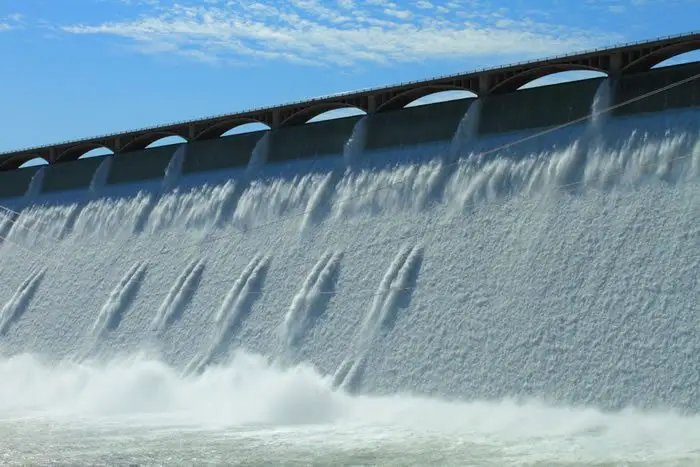According to Kenya National Bureau of Statistics (KNBS), Kenya’s power imports from Uganda have now hit an average of 12 million kilowatts per hour (KWh) every month, up from 3 million KWh in January this year.
The largest power imports Kenya has made from Uganda in the last three years has been 4.6 million KWh and that was in August 2013. The increased importation is attributed to low rains in Kenya, which led to a drop in water levels at power generation dams.
The Kenya Electricity Generating Company notes that the reduction of rainfall has led to drop of water at the Seven Forks power generation dam, which accounts for about half of the country’s total electricity output.
Kenya mainly relies on hydro power for generation of electricity, It generates over 80% of its power from hydro, followed by thermal and then geothermal.
Experts estimate that Kenya has a geothermal potential of 10,000 MW. Kenya’s vast geothermal energy located at the Great Rift has more than enough power to light up the entire nation. Drilling of 80 wells for the 560MW geothermal power projects is also on course.
The country’s US$1.3 billion Olkaria IV geothermal Plant, the most ambitious energy project since independence, will be built by a consortium of Japanese firm Toyota Tsusho Corporation and Hyundai Engineering and Construction from South Korea.
The geothermal project is expected to pump an additional 280MW into the national grid. The Project is part of Kenya’s effort to diversify its power sources as it moves to cut reliance on hydropower which currently contributes 46 percent of the country’s electricity needs, but which is vulnerable to weather fluctuations.
Currently, the country has a total electricity generation capacity of 1,500MW of which geothermal contributes a meager 200MW despite having the capacity to generate up to 15, 000MW. The country plans to raise the contribution of geothermal from the current 13 percent to about 50 percent by 2018.

